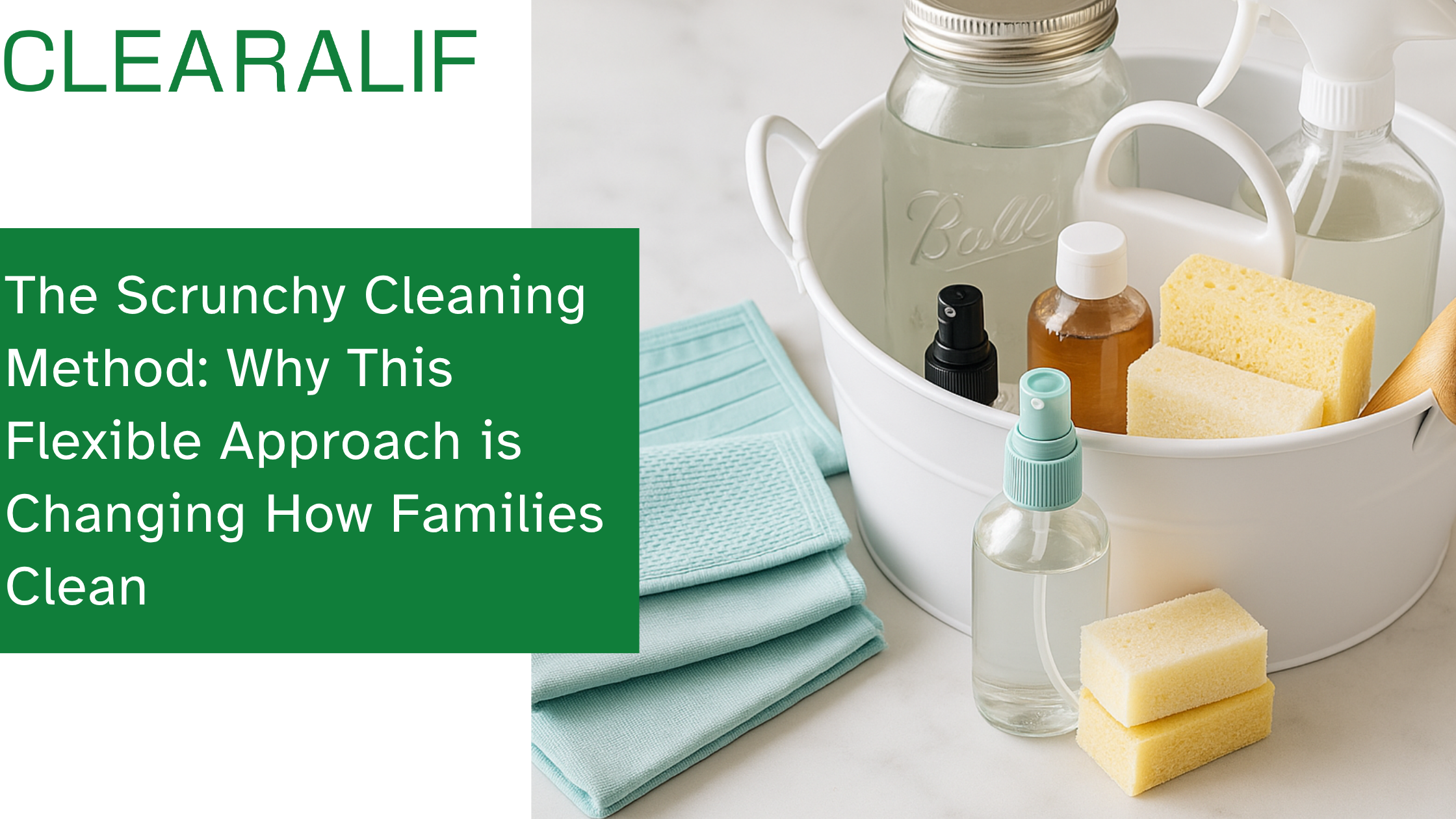You’re Not Going Crazy – That Dusty Water Is Real
Okay, let’s talk about something that’s been driving silk lovers absolutely nuts. You know that moment when you’re carefully hand washing your silk pillowcases, being all gentle and careful, and then BAM – the water looks like you’ve been washing a dirt bike instead of luxury bedding?
 I stumbled across this frustrated Reddit post the other day that perfectly captures what so many of us have experienced: “Whenever I handwash my silk pillowcases, this dusty film comes up each and every time I rinse them. No matter what detergent I use, or how much, or if I leave them to soak or not, or if I rinse them over 15 times, this dust remains. What is this?”
I stumbled across this frustrated Reddit post the other day that perfectly captures what so many of us have experienced: “Whenever I handwash my silk pillowcases, this dusty film comes up each and every time I rinse them. No matter what detergent I use, or how much, or if I leave them to soak or not, or if I rinse them over 15 times, this dust remains. What is this?”
Honestly? I felt that frustration in my soul. Here you are, trying to baby your expensive silk pillowcases, and it seems like they’re literally dissolving in your hands. What gives?
Here’s the thing – you’re not doing anything wrong, and your silk isn’t falling apart. There’s actually a pretty straightforward explanation for all that mysterious dust, and once you understand what’s happening, you can stop panicking and start enjoying your silk again.
The Real Deal About Silk Shedding

Let me break this down for you in plain English. Silk isn’t like those synthetic fabrics that come out of a factory looking identical. It’s made by actual silkworms (wild, right?), which means it’s got this incredibly delicate, natural structure.
Think about your own hair for a second. Every day, you lose some strands – it’s totally normal. Silk does something similar, but on a microscopic level. Those super-fine protein fibers that make silk so amazing? They’re also what makes it shed tiny particles over time.
Now, add in the fact that you’re sleeping on these pillowcases every night. Your hair’s moving around, maybe you use face cream or hair products, and there’s just natural friction happening. All of this gradually loosens up some of those surface fibers.
When washing time comes around, even the gentlest swishing in water is enough to release those already-loose fibers. And unfortunately, a lot of us accidentally make things worse without realizing it. Too much scrubbing, water that’s too hot, or using the wrong detergent can really speed up the process.
Is This Actually Normal?
Short answer? Yes, some shedding is totally normal.
If you’re seeing a bit of cloudiness in your rinse water – especially with new silk or pillowcases you’ve been using regularly – that’s just life with natural fibers. It’s not a defect, and it doesn’t mean your silk is cheap or damaged.
But here’s where you need to pay attention: if the water is turning seriously milky, or if your pillowcase is starting to feel rough or look thin, that’s when you might have a problem. Either the silk quality wasn’t great to begin with, or something’s going wrong with how you’re caring for it.
I’ve had silk pillowcases for years, and the good ones still look gorgeous even after tons of washes. The key is knowing what to expect and how to treat them right.
How to Stop Making It Worse
Alright, let’s get practical. Here are the things that actually work:
Start with decent silk
Look, I get it – silk is expensive. But those super-cheap ones you see online? They’re probably going to shed like crazy and fall apart fast. Look for silk with a momme weight of at least 19-22. It costs more upfront, but it’s worth it.
Ditch your regular detergent

This one’s huge. Regular laundry detergent is way too harsh for silk. Those enzymes that work great on cotton? They’ll eat through silk’s protein structure. Get something made specifically for delicate fabrics, or try those eco-friendly detergent sheets that dissolve completely.
Be ridiculously gentle
When I say gentle, I mean GENTLE. No scrubbing, no aggressive swishing. Just press the fabric through the water softly and let the detergent do its thing. I usually let mine soak for maybe 5 minutes, then rinse.
Cold water only
Hot water is silk’s worst enemy. I stick to lukewarm at the warmest, but cold is even better. Trust me on this one.
Dry it right
Never, ever wring out silk. I lay mine flat on a clean towel, roll it up gently to press out water, then lay it flat to dry somewhere away from direct sun. Takes forever, but it’s worth it.
Should I Panic and Replace Everything?

Probably not. If you’re just dealing with some dusty rinse water but your pillowcases still look and feel good, keep using them. That light shedding isn’t hurting anything.
The only time I’d consider replacing silk is if it’s getting visibly thin, feeling rough, or developing actual holes. Good silk should last you years if you treat it right.
Quick Answers to Common Questions
Can I just use my regular detergent? Nope. Regular detergent will wreck silk over time. Spend the extra few bucks on something gentle.
Is all this shedding normal? A little bit? Totally normal. A lot? Maybe not.
What about machine washing? I wouldn’t risk it, even if the label says you can. Hand washing is safer, and your silk will thank you.
The Bottom Line
Look, silk shedding is annoying, but it’s not the end of the world. That dusty water you’re seeing? It’s just silk being silk – a natural, delicate fabric that needs a little extra TLC.
Once you get the hang of proper silk care, you’ll probably find that the shedding becomes much less noticeable. And honestly? The benefits of sleeping on silk – better hair, happier skin, staying cool at night – make it worth dealing with a little dusty rinse water.
Your silk isn’t broken, and you’re not doing anything wrong. You’ve just got to work with what you’ve got, and now you know how to do it right.
You Might Also Like
-
Clean Clothing Secrets: Stain Removal for Every Fabric Type
Discover how to tackle stains on all kinds of fabrics — from cotton to delicate silk — without damage. -
How Portable Laundry Sheets Simplify Aerial Silk Cleaning
Learn why our eco-friendly laundry sheets are a perfect match for cleaning even the trickiest aerial silks.







Leave a comment
This site is protected by hCaptcha and the hCaptcha Privacy Policy and Terms of Service apply.